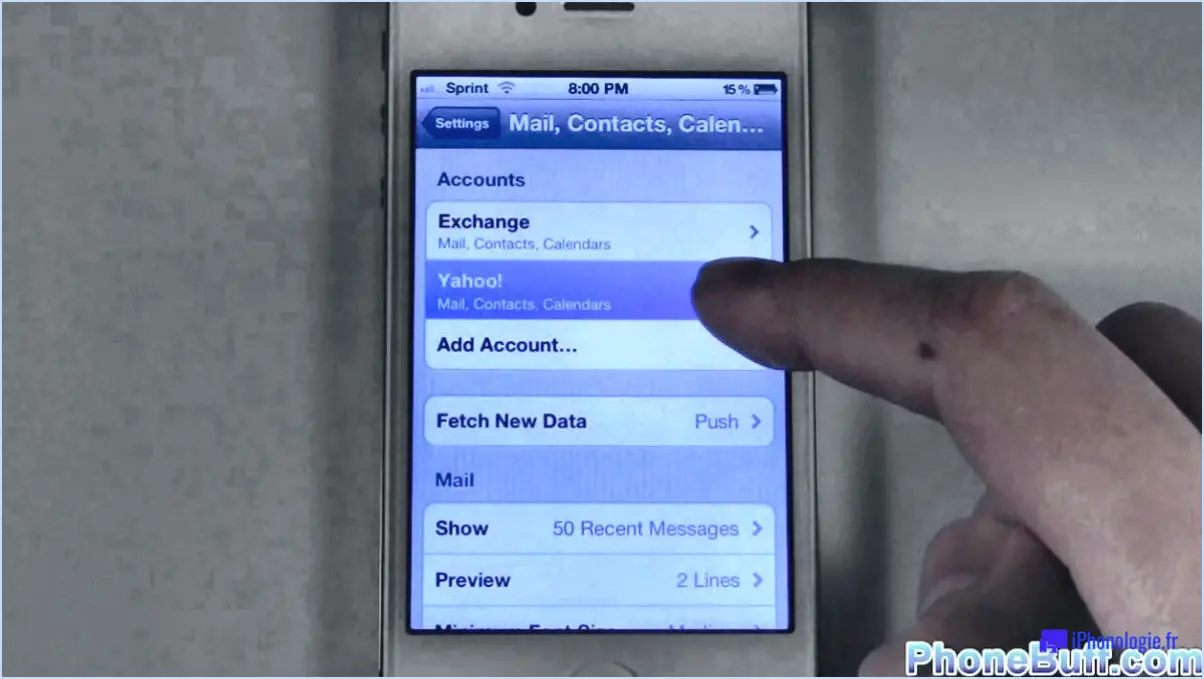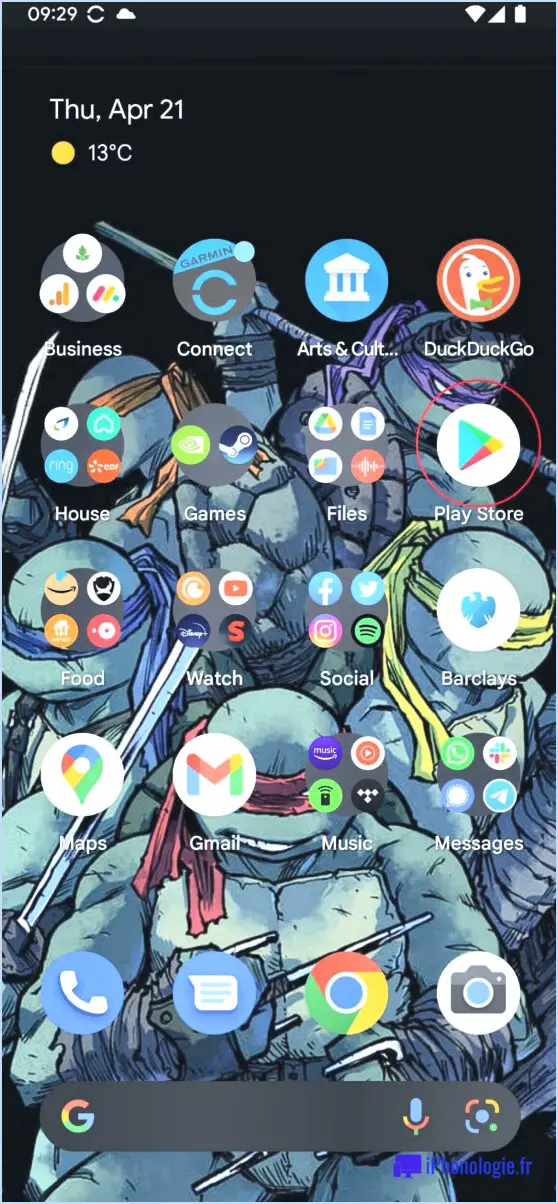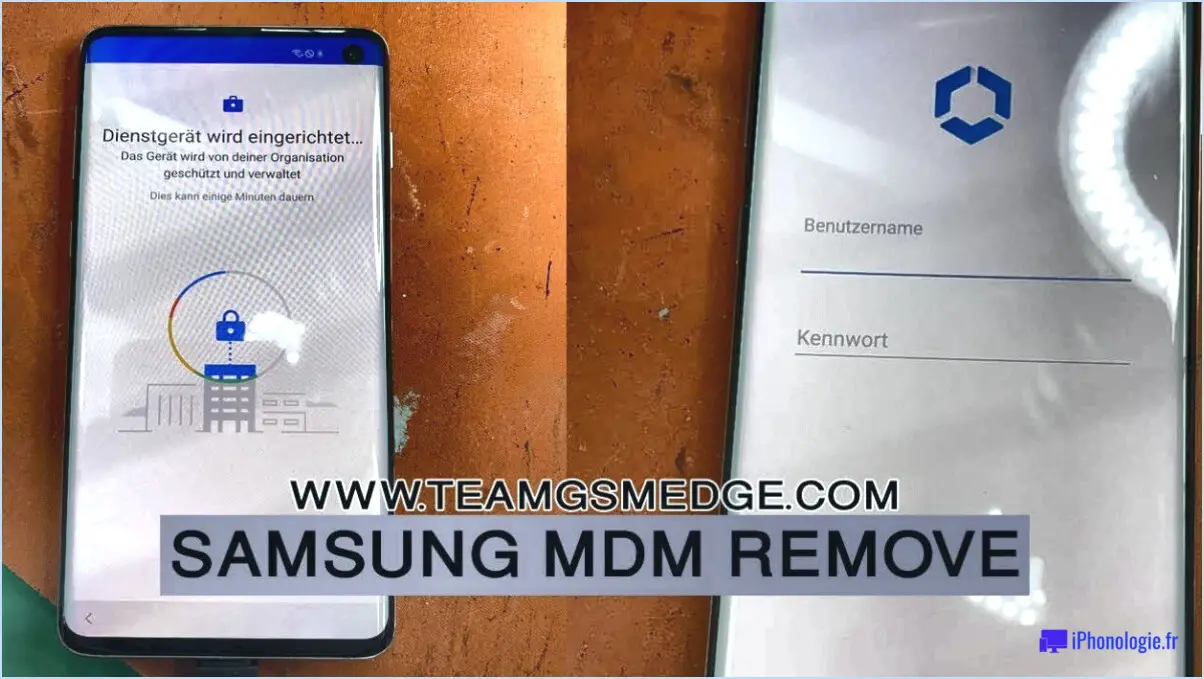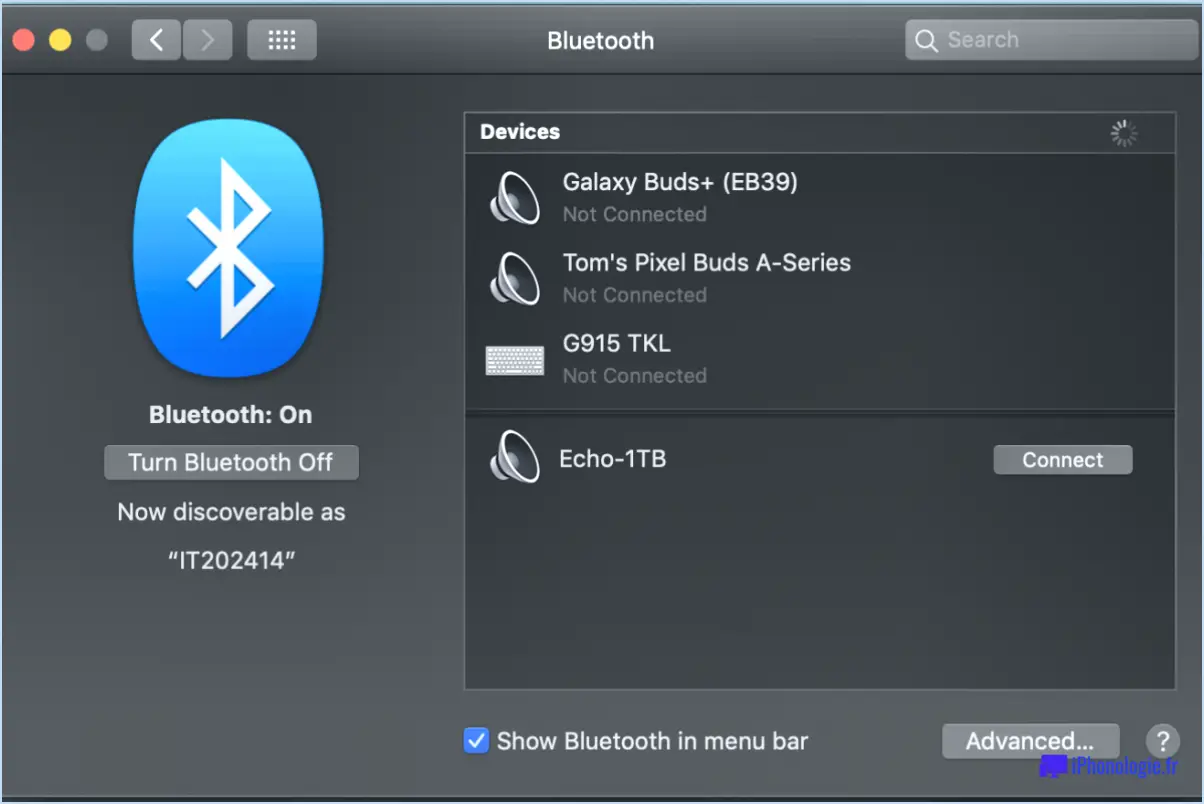How do I delete and reinstall Exchange on my iPhone?

To delete and reinstall Exchange on your iPhone, you will need to follow a few simple steps. Please note that this process will erase your device and set it up as a new device. Here's how you can do it:
- Begin by accessing the "Settings" app on your iPhone's home screen. It is represented by a gear icon.
- Scroll down and tap on the "General" option. This will open a new menu with various settings.
- In the "General" menu, locate and tap on the "Reset" option. It is usually found towards the bottom of the list.
- Within the "Reset" menu, you will see several options. Choose "Erase All Content and Settings" to initiate the device reset process.
- A warning message will appear, informing you that all data will be erased. Confirm your decision by entering your device passcode, if prompted, and then tap on "Erase iPhone" to proceed.
- Your iPhone will now begin the erasing process, which may take a few minutes. Once completed, the device will restart.
- After the restart, you will be greeted with the initial setup screen. Follow the on-screen instructions until you reach the "Apps & Data" screen.
- On the "Apps & Data" screen, select the option to "Set Up as New iPhone." This will allow you to start fresh with a clean device.
- Continue with the setup process until you reach the "Sign in with Apple ID" screen. Here, enter the email address and password associated with your Exchange account.
- Complete the remaining setup steps, such as enabling or disabling various features, based on your preferences.
Congratulations! You have successfully deleted and reinstalled Exchange on your iPhone. Your device is now ready to use with your Exchange account.
How do I remove an Exchange account from iCloud?
To remove an Exchange account from iCloud, follow these steps:
- On your iPhone or iPad, go to "Settings" and tap on "Mail" or "Mail, Contacts, Calendars."
- Select the Exchange account you want to remove.
- Scroll down and click on "Delete Account." Confirm the deletion when prompted.
- Now, on your computer, open a web browser and visit iCloud.com.
- Sign in using your Apple ID and password.
- Click on the "Mail" icon to access your iCloud Mail.
- In the sidebar, locate and click on the "Settings" gear icon.
- Select "Preferences" from the dropdown menu.
- Under the "Accounts" tab, find the "Exchange" section.
- Click on the account you want to remove and then click on the minus (-) button to delete it.
By following these steps, you will successfully remove the Exchange account from iCloud.
How do I uninstall Microsoft Exchange?
To uninstall Microsoft Exchange, follow these steps:
- Open the Control Panel and go to Programs and Features.
- Locate and select "Microsoft Exchange Server 2013" from the list.
- Click on the "Uninstall" button to initiate the uninstallation process.
Next, you'll need to uninstall the Exchange ActiveSync component:
- Open the Control Panel and navigate to Programs and Features.
- Look for "Microsoft Exchange ActiveSync" in the list.
- Select it and click on the "Uninstall" button.
Finally, you'll need to uninstall the Exchange Web Services component:
- Open the Control Panel and go to Programs and Features.
- Find "Microsoft Exchange Web Services" in the list.
- Click on the "Uninstall" button to remove it.
By following these steps, you can successfully uninstall Microsoft Exchange from your system.
How do I delete an Exchange account but keep my contacts?
To delete an Exchange account while keeping your contacts, follow these steps:
- Open Outlook and navigate to the "File" menu.
- Select "Export" and then choose "Contacts" from the options.
- A dialog box will appear. Choose a location on your computer to save the exported file.
- Click on the "Export" button to initiate the export process.
By exporting your contacts to a file, you ensure that they are saved separately from your Exchange account. This way, even after deleting the account, you can still access and import your contacts whenever needed.
Remember to regularly back up your contacts to avoid any data loss.
What is an Exchange account on iPhone?
An Exchange account on iPhone is a versatile email account that offers a range of features. It enables users to access their email, calendar, and contacts directly from their iPhone. With Exchange, you can conveniently sync your email, calendar, and contacts across multiple devices, ensuring seamless integration and accessibility. This type of account provides a comprehensive solution for managing your communication and scheduling needs, allowing you to stay organized and connected on the go.
What happens to Exchange mailbox when ad account is deleted?
When an Active Directory account that is associated with an Exchange mailbox is deleted, the Exchange mailbox will be automatically deleted as well. This means that all the data stored within the mailbox, including emails, contacts, and calendar entries, will be permanently removed.
Here's a breakdown of what happens when an ad account is deleted:
- Deactivation: The Active Directory account is marked as disabled or inactive, preventing any further logins or access to resources.
- Mailbox Deletion: As a result of the account deletion, the Exchange server detects the change and initiates the removal of the associated mailbox.
- Retention Period: Depending on the Exchange server configuration, there might be a retention period during which the mailbox can be recovered. However, once this period expires, the mailbox and its contents are irretrievably deleted.
It's important to note that this process can vary depending on the specific configuration and policies set by the organization.
What is an Exchange email account?
An Exchange email account refers to an email account hosted by Microsoft Exchange. It provides a range of features that set it apart from other email accounts. Some key features include the ability to share calendars, contacts, and tasks. This means that users can easily collaborate and coordinate with others, making it ideal for businesses and teams. Exchange email accounts also offer advanced security measures, efficient email management, and seamless integration with other Microsoft products. With its robust features and reliable performance, an Exchange email account is a popular choice for organizations seeking enhanced communication and productivity.






